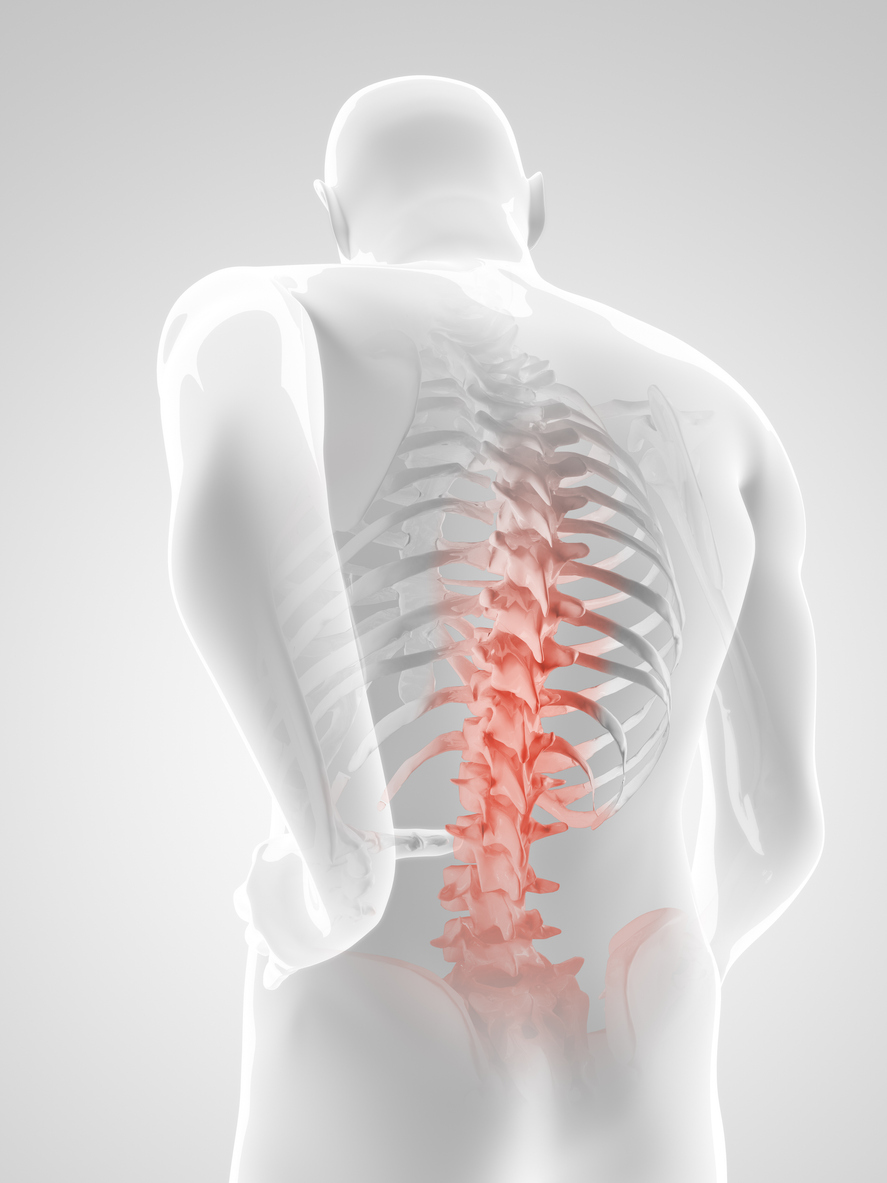Spinal Stenosis
A condition where the spaces within the spine narrow, putting pressure on the spinal cord and nerves.
Spinal Stenosis

Causes & Risk Factors
Spinal stenosis typically develops due to age-related changes, but other factors can contribute to its progression:
- Degenerative Disc Disease: Loss of cushioning between vertebrae can lead to spinal narrowing.
- Osteoarthritis: Joint wear and tear can cause bone spurs that press on nerves.
- Herniated Discs: Bulging or ruptured discs may reduce space within the spine.
- Genetics & Congenital Factors: Some people are born with a narrower spinal canal.
What Happens If Left Untreated?
Without proper management, spinal stenosis can result in:
- Chronic pain and stiffness, making movement difficult.
- Nerve compression, leading to weakness or tingling in the arms or legs.
- Loss of mobility, affecting walking, balance, or even bladder control in severe cases. Early intervention can help prevent worsening symptoms and maintain function.
How Premier Care Can Help
At Premier Care, we offer non-surgical treatment options to help manage spinal stenosis, including:
- Physical Therapy: Strengthening exercises to support the spine and improve flexibility.
- Manual Therapy: Gentle techniques to reduce nerve compression and enhance mobility.
- Postural & Ergonomic Training: Strategies for maintaining spinal health in daily activities.
- Pain Management Solutions: Non-invasive methods to reduce inflammation and discomfort.
